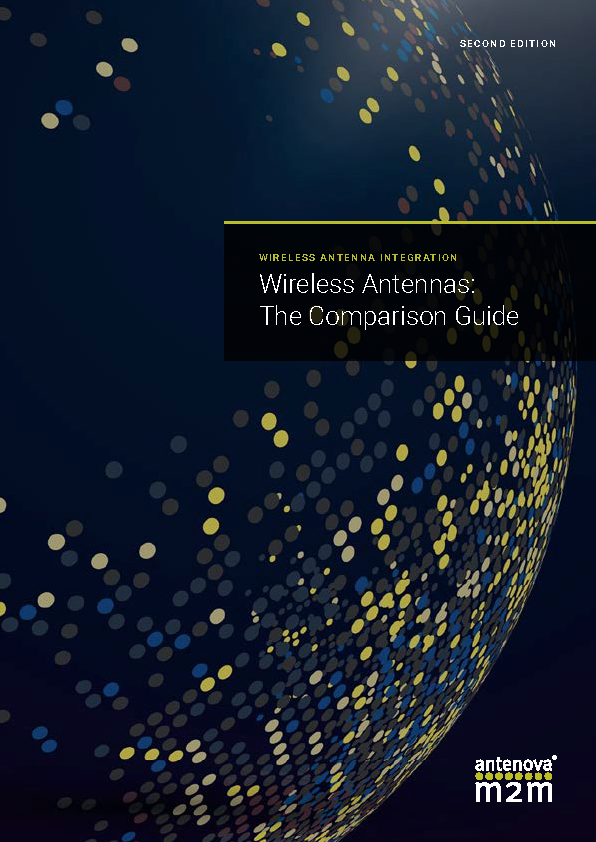Most of the resources, say that the return loss is a positive parameter (+ve dB) , considering that the system is matched well. For example, refer this site : https://resources.pcb.cadence.com/blog/what-is-a-good-return-loss-value-and-how-can-it-be-calculated ; A higher Return loss indicates that the reflected power is very low, hence a decently matched network. Whereas a negative return loss says that the reflected power is more than the incident power, which is an undesirable condition. But, almost in all the antenna datasheet, the return loss graph is a negative dB graph.For example refer the datasheet of a antenova antenna : https://www.antenova.com/wp-content/uploads/2019/05/Mutica-SR42W001-PS-1.5.pdf . Could you please explain this controversy ?
Thanks & regards,
Gayathri G
Thanks & regards,
Gayathri G



